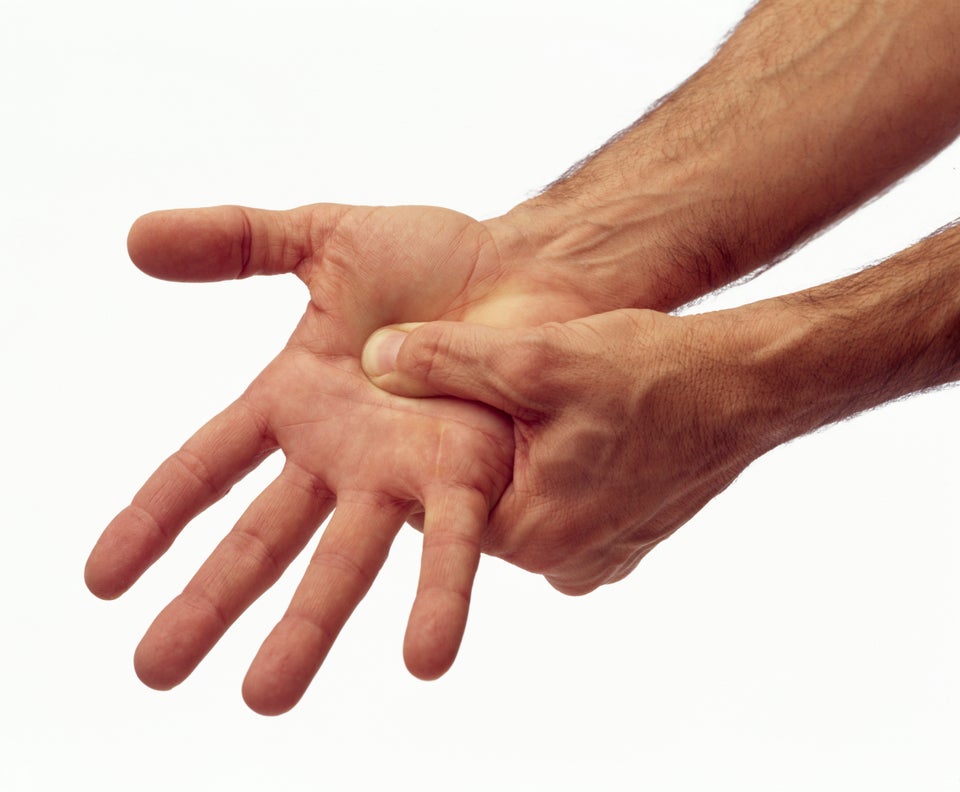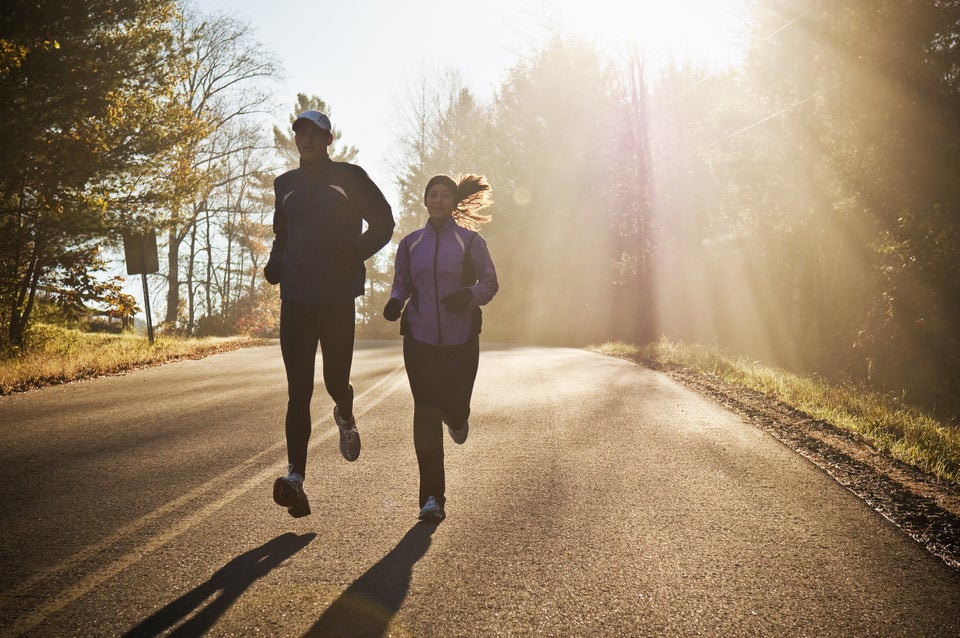
 SPECIAL FROM Next Avenue
SPECIAL FROM Next Avenue
Blasting through levels of a game that matches colorful jellybeans and gumdrops is fun. So is using the app that turns your smartphone into a flashlight. But if you really want to make a tech-savvy phone work hard, turn it into a self-help tool for your health.
Hundreds and hundreds of apps, many of them free, have the single goal of helping you eat better, shop smarter at the supermarket or even tackle special diet concerns, like diabetes. We sifted through this app extravaganza to zero in on the five best choices for fiftysomething eaters — apps that offer guidance for common problems.
Remember, simply downloading the app won’t get you results. You have to use it.
For Cleaning Up Your Eating Habits
All the advice about healthy eating can seem overwhelming. So break it down into little steps and strategies.
“When you focus on just a couple of small changes at a time, you begin to ingrain some healthy habits that last for a lifetime, rather than trying an all-or-nothing approach that, more often than not, fails because it’s too hard to follow,” says Lesley D. Lutes, a psychologist at East Carolina University. Lutes’ recent research documents huge success with small-change strategies aimed at shrinking bellies and waistlines.
Our top pick: EaTipster
What it does: This app offers one practical nutrition tip each day. It might clue you into the high sugar content of fast-food fruit smoothies or help you choose the healthiest sandwich bread.
Cost: Free
Platform: iOS
Pros: It’s easy to use, easy to share (email, Facebook, Twitter) and was developed by Canadian dietitians, with each tip rooted in sound science.
Cons: There’s no search feature, so you’ll have to “save” tips to favorites if you want to review them again.
For Getting Used to Eating Less
A fiftysomething body needs fewer calories to operate and, unfair as that is, it’s reality.
Luckily, there is a scientifically proven way to be satisfied with eating less. Slow down. Yogis call it mindful eating.
Our top pick: Eat Slower
What it does: This app lets you set a slow eating pace with an adjustable timer allowing you to choose different sounds (or vibrations) to remind you when to take the next bite.
Cost: Free
Platform: iOS and Android
Pros: Oh, so simple.
Cons: You might outgrow the app once you’ve cultivated mindful eating as a permanent habit.
For Fiftysomething Weight Loss
In a 2013 Northwestern University School of Medicine study, some of the overweight adults (average age 58, mostly men) were asked to use a university-designed nutrition analytic app along with traditional diet counseling and follow-up. And guess what? Dieters using the app lost considerably more weight than non-app users.
“Most of us have no idea how many calories we consume and how much physical activity we get,” says lead researcher Bonnie Spring. “The app gives you feedback on this and helps you make smart decisions in the moment.”
Our top pick: My Fitness Pal
What it does: Probably the best tracking and analytic app for do-it-yourself weight loss, My Fitness Pal lets you log activity and food intake and handily syncs up with activity trackers and fitness gadgets like Fitbit, Jawbone UP and Runtastic.
Cost: Free
Platform: iOS, Android and Windows
Pros: It has a huge database of almost 4 million foods with more foods added regularly. Type in “Costco pizza slice” and up pops the nutrition stats.
Cons: The visual design is plain.
For Picking the Best Choices at the Supermarket
Reading the teeny tiny print on five kinds of tortilla chip labels to locate the healthiest choice is a time drain. And it doesn’t help you decide what to think about a chip with a healthy amount of fiber but unhealthy amounts of partially hydrogenated oils.
Our top pick: Fooducate
What it does: You can scan package barcodes with your phone’s camera for a nutrition grade (A, B+, etc) based on a system designed by dietitians, scientists and parents. The app also dishes on positive and negative features and suggests healthier alternatives, if available.
Cost: The basic app is free; the “plus” version costs $3.99.
Platform: iOS and Android
Pros: It gives instant feedback. The average supermarket carries about 43,000 foods, so a database of 200,000-plus packaged foods is good.
Cons: New products (they hit the supermarket every month) might go missing, but users can submit a photo of an item to Fooducate and ask that it be added.
For Preventing and Managing Diabetes
Scary new statistics show that the prevalence of prediabetes (higher than normal blood sugars that precede full blown diabetes) is about one in three for adults over the age of 20. But by age 65, that prevalence jumps to 50 percent — or one in every two older adults.
So for diabetes, and for anyone who doesn’t already have diabetes, it makes sense to work to keep blood sugars on an even keel.
Our top pick: iCookbook Diabetic
What it does: From the editors of Diabetic Cooking magazine, this app has more than 500 recipes, all with 350 calories or less. These are healthy meals that will keep blood sugar stable. Yes, the app was created for people with diabetes, but you know what? These are good all-around recipes for any fiftysomething who wants to eat healthier.
(MORE: 25 Best Food Blogs for Boomers)
Cost: Free
Platform: iOS
Pros: Recipes are updated monthly and portions are easily sized up or down depending on how many people you need to feed.
Cons: No Android format.
More On Smart Shopping
Once you’ve narrowed down the best food choices with an app like Fooducate, go deeper with apps that that consider environmental and safety concerns:
Dirty Dozen: This free app from the Environmental Working Group lets you minimize pesticide exposure by learning which produce is most likely to be contaminated with pesticides and which choices make up the “Clean Fifteen." Available in iOS and Android versions.
Chemical Cuisine: Identify unfamiliar additives in a packaged food to get the lowdown on their safety from the consumer watchdog group Center for Science in the Public Interest. Available in iOS and Android versions.
Seafood Watch: Make tonight’s dinner choice environmentally-sustainable seafood. Available in iOS and Android versions.
Read more from Next Avenue:
5 ways to redesign work for all generations
7 back pain myths busted
The truth about calcium
Related
Before You Go




